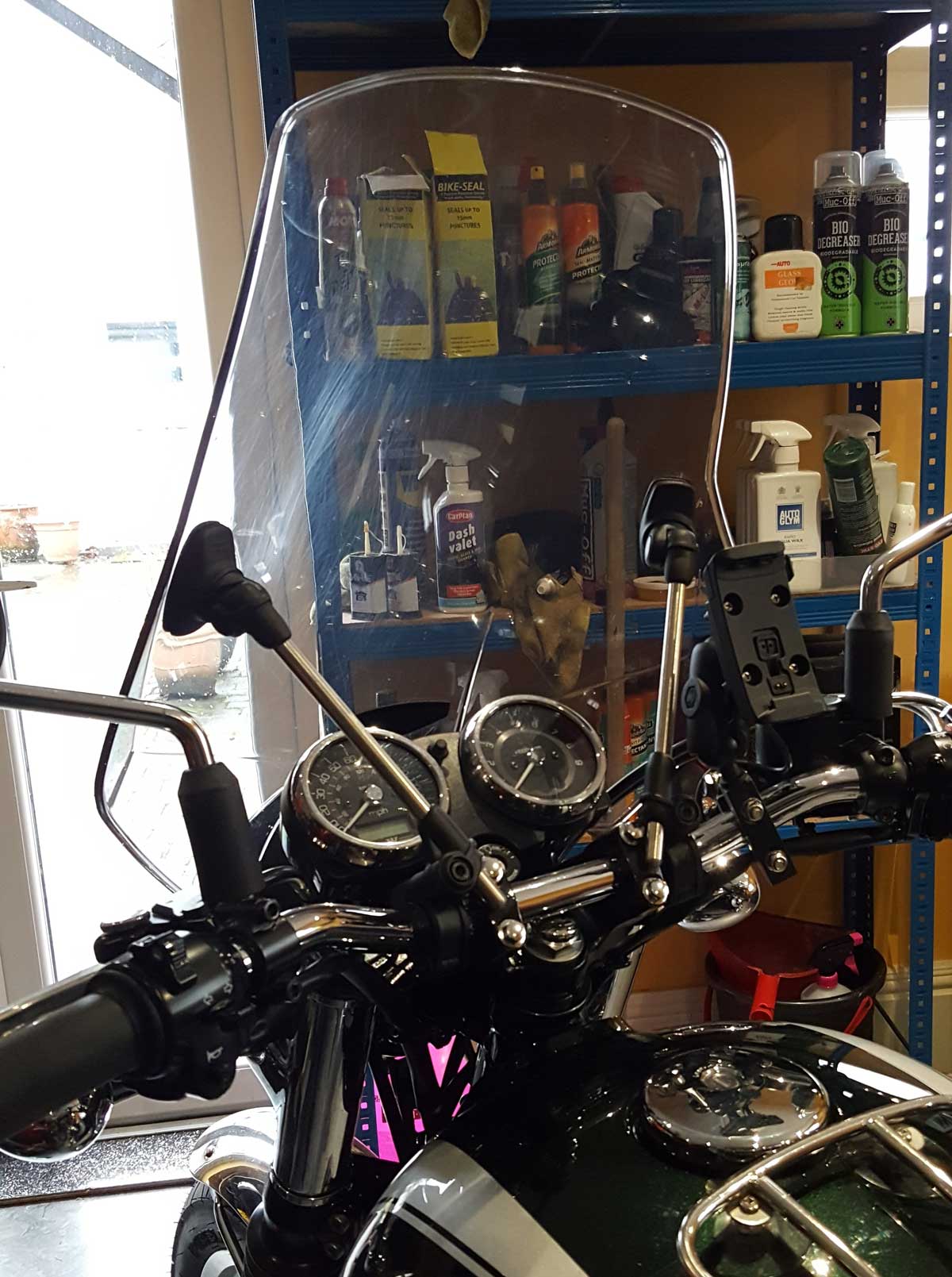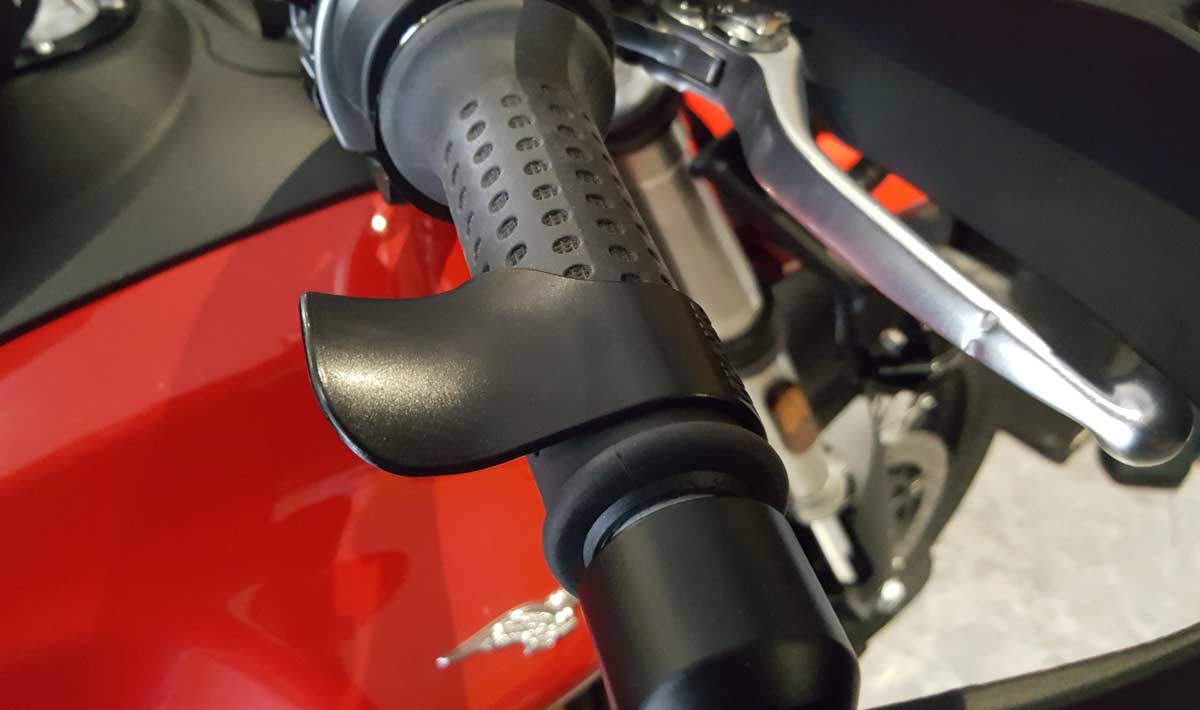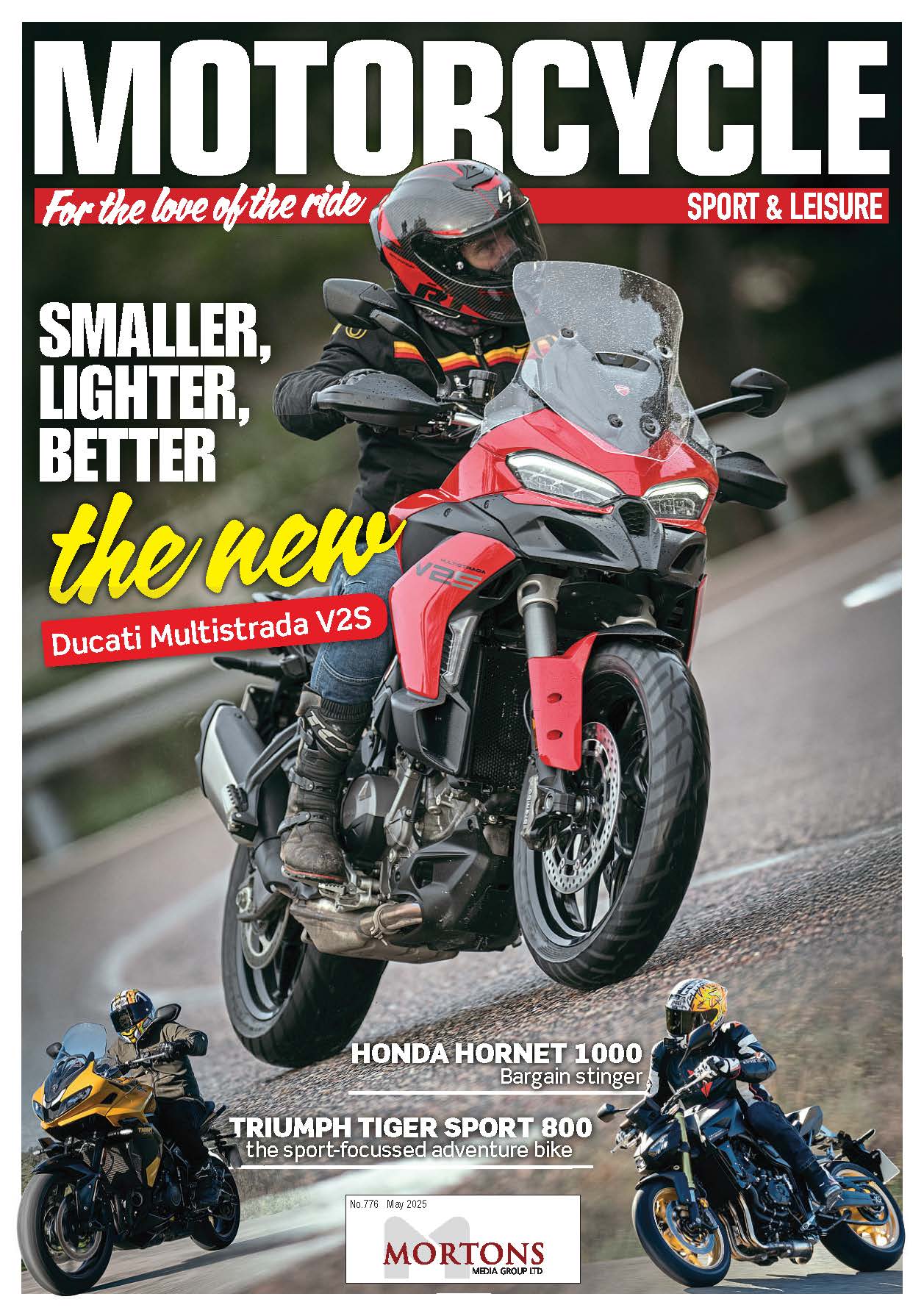
Words/photography: Roger Martin
What you ride matters. As we get older it matters even more.
Here are some thoughts about how bike choice can have an impact on fatigue and riding enjoyment…
Related articles on MoreBikes
- Happy Retirement Biking – part 6: Big adventure bikes
- Happy Retirement Biking – part 5: Discovering DCT
- Happy Retirement Biking – part 4: Retro bikes for older riders
In my last column we discussed finding the perfect bike that fits the needs of our bodies now that we are not as young as we used to be. But what other hints and tips are out there which might help us keep going and enjoying our retirement biking?

First up, fatigue. Back in 1969 when I was the proud owner of my first bike, a Honda CD175, the only protection from the elements I had was my open face crash helmet. No screen, no fairing, no leather jacket or waterproofs. Gore-Tex hadn’t been invented.
There are two main elements to rider fatigue. The kit you wear and the bike you ride. Let’s look at bike related factors in this article.
In previous columns, we have looked at the importance of finding a bike that has a good riding position, is comfortable and preferably is perhaps lighter in weight than your previous bikes. Vibration can cause fatigue over longer rides, but here’s the thing.
See more:
- Happy Retirement Biking – part 3: Naked bikes for older riders
- Happy Retirement Biking – part 2: Motorcycle riding positions
- Happy Retirement Biking – part 1: Right bike for older riders
One person’s meat is another’s poison. Personally, I have yet to find a bike that uses an in-line four cylinder engine that does not give me numb hands, feet and sometimes bum within a matter of minutes due to high frequency tingling sensations.
I have no problems with V4 layouts, it’s just the in-line across the frame four cylinder configuration that causes me grief. I have no problem with triples, twins or singles even though some of these may vibrate noticeably, particularly the V-twins and singles.
In fact, I find that twin and single cylinder vibrations can be quite pleasant, even therapeutic. I suffer from arthritis in my hand and thumb joints, but if I set out for a ride on certain bikes I have owned over the years, the aching actually disappears after the first hour or two.
Bikes in the past that have had this effect and therefore should be available on the NHS have been the Honda Transalp and Deauville, Enfield Classic 500 and any Guzzi V-twin that I have tried or owned. Parallel twins like the Bonnevilles and Kawasaki W800 I find are neutral…they don’t get rid of aches and pains but they don’t aggravate them either. Other bikes are available.
We are all different, but if you own an in-line four cylinder bike and find that some of your extremities become numb after an hour or more in the saddle, try test riding a bike with a different number of cylinders, or different cylinder layout. As I have found, V-twins and singles are best for me, but we are all different so you need to experiment. Get down to your dealers now!
Another factor which can cause fatigue is wind (and rain!) buffeting. Let’s start with screens. If you own a naked bike without a screen, then try fitting an aftermarket screen to the headstock or handlebars. This can make a massive difference. I have found a mid-sized Givi A660 handlebar mounted screen really helps me to ride for a couple of hours without discomfort when compared with riding screenless.
An added bonus is that higher speeds can be maintained too. My wife, who is twelve years younger than me, resisted any type of screen on her bikes for years “because they don’t look so good”, but having seen that I’m still as fresh as a daisy after a day on the road, she has finally relented and fitted a screen.
What a difference it makes! As we become older, we are supposed to become wiser. Accept it. We are no longer style icons and sex symbols, so what your bike looks like is not as important as how it functions for you.
Hands and thumbs can be a source of aggravation when you become older too. A biking friend of mine recommends fitting “Grip Puppies” over the handlebar grips as they offer a spongy cushioning effect that gives a measure of insulation from the potholes, lumps and bumps in the road. You can find them online.
Personally, I always ride with a plastic grip extender over the throttle which means that I can use gentle pressure from the palm of my hand to use the throttle rather than having to grip really tightly. Scottoiler and Oxford make these, amongst others… they only cost a few pounds and can make a massive difference. If your bike can take handguards, these also can help deflect wind and rain to some extent and are definitely worth considering.
Backache? Stiff legs? Not as supple as you used to be? Maybe you already have discovered my next tip, but read on anyway. In later life it is inevitable that body flexibility is reduced, although in a future article I will be looking at ways of keeping fitter.

This may mean that “getting your leg over” when you get on and off the bike may be getting harder. In which case, put your bike on its side stand or centre stand if it’s an easy one to use. Make sure that the bike is on level ground. Then put your left foot on the left footpeg and swing your right leg over the saddle. This gives you an extra foot or so of elevation to start with and therefore makes clambering on and off the bike so much easier. Another tip if you are touring and have a top box fitted… remove the top box and replace it with a 40 or 50 litre waterproof roll bag along the length of the pillion seat and over the top box base plate, or, if you prefer, across the width of the pillion seat so that the ends of the roll bag are resting on your panniers if you have them fitted.

This reduces by quite a margin the height you have to lift your leg as you no longer have to swing it up above the height of the top of the top box. I love the convenience of a top box, but in recent years find the roll bag solution much better plus it has the added advantage that you can easily take it off the bike with all its contents.
One of the other major contributors to rider comfort is the type of kit we wear. In my next article I will be looking at what has worked, and what hasn’t in my never-ending search for a compromise between looking good but staying warm, dry and comfortable. Stay cool!
Who is Roger Martin?
Roger is a life-long motorcyclist who has owned an impressive range of bikes from the diminutive Honda Monkey to gargantuan Harleys. At 70 years old he knows what makes a bike suitable for enjoyable retirement riding.
Keep your eyes out on MoreBikes.co.uk as we bring you more from Roger’s Retirement Biking series.



